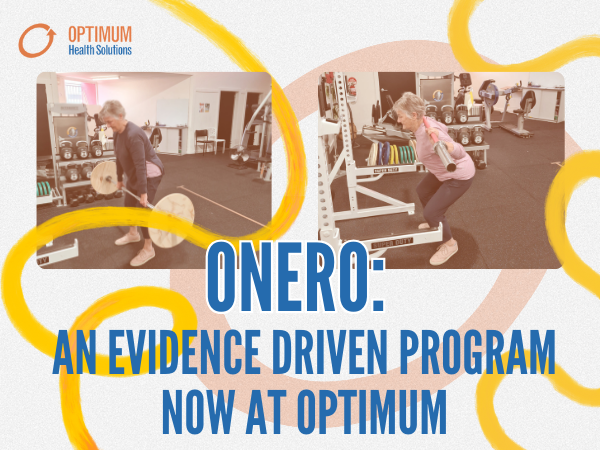Many of the people who experience non-specific lower back pain often mention that walking is an aggravating activity for their lower back. When lower back pain occurs after walking for short periods it is important to assess why this pain is occurring, what muscles are weak, and how this relates to the gait cycle.
What is the Gait Cycle?
The different phases of walking are referred to as the gait cycle. Typically, the gait cycle is broken down into two phases, the stance phase and the swing phase. This cycle starts when one limb touches the ground and lasts until this same limb touches the ground again.
Muscles of the lower limb, trunk and arms all function in synchrony when we walk. When we relate muscles of gait to lower back pain, however, commonly we address weaknesses in the posterior chain, predominantly gluteal and hamstring muscles. So what are the roles of the gluteal and hamstring muscles during the gait cycle? Gluteal activation ensures adequate hip extension during gait. Insufficient gluteal strength can result in an excessive lumbar extension to compensate and maintain the gait cycle. Your hamstrings, on the other hand, work eccentrically (contract whilst lengthening) to slow down hip flexion. Due to the attachment point of Hamstrings, weakness in hamstring control can result in an anterior pelvic tilt and excessive lumbar lordosis (arched back).
A combination of weaknesses in the posterior chain as mentioned above decreases the efficiency of gait. With inadequate strength to perform the gait cycle optimally, people can find themselves with pain in the lumbar region. In order to correct these deficiencies, it is important to include a range of gluteal and eccentric hamstring exercises into your exercise program.
If this sounds like something you often find yourself experiencing, drop into Optimum Health Solutions for an assessment. An Accredited Exercise Physiologist will be able to help you determine whether your posterior chain needs strengthening!








